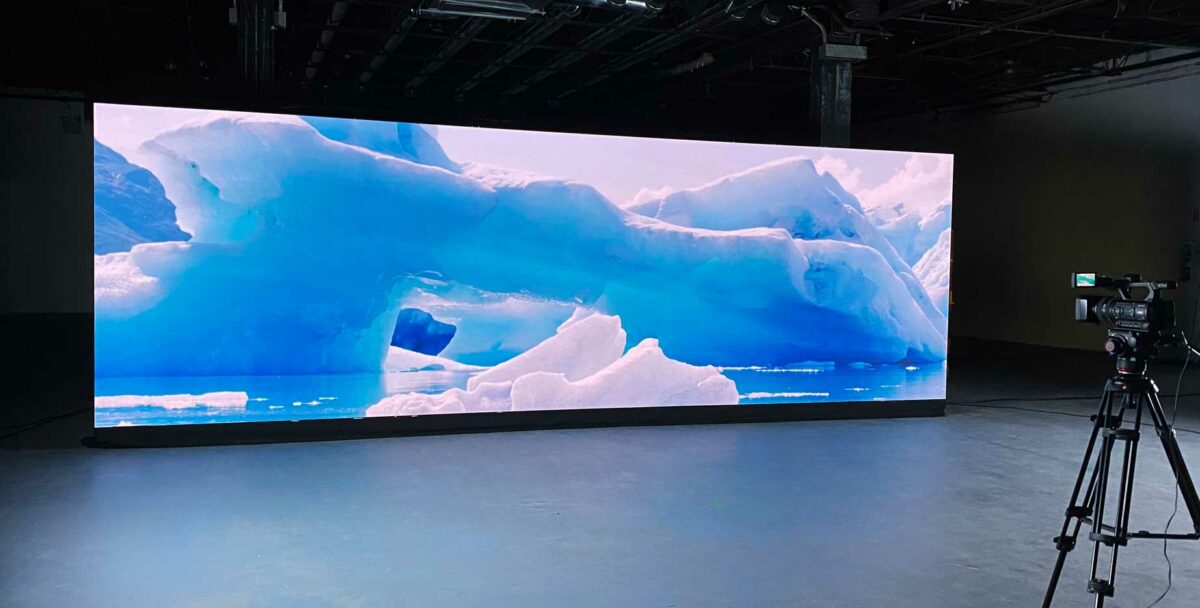The first step in guaranteeing color precision is comprehending how LED systems works. LEDs, or light-producing diodes, produce light in various colors by combining red, green, and blue (RGB) light. Each dot on an LED screen is made up of these three hues. When tuned correctly, the combination of RGB can create a broad range of hues. However, if one hue is too bright or too dim, it can throw off the whole screen. This is why tuning is necessary to equalize the hues and reach the desired visual result.
Tuning involves adjusting the configurations of the LED wall to make sure that the hues shown correspond the initial content as nearby as possible. This procedure typically includes using specific software and hardware tools. Technicians frequently use color measurement devices, such as spectrophotometers, to examine the colors being shown. By comparing the assessed hues to standard color standards, they can make precise modifications. This ensures that the hues are not only vibrant but also uniform across the whole screen.
Another crucial aspect of color precision is understanding the surroundings in which the LED wall is employed. Factors such as surrounding light can significantly affect how hues appear. For instance, a brightly illuminated room may wash out hues, making them look less lively. To counteract this, technicians may modify the brightness and differentiation settings of the LED screen. Additionally, they may choose particular color profiles that are better suited for various lighting conditions. This flexibility helps maintain color precision regardless of the observing environment.

Finally, regular maintenance and you could check here re-tuning are essential for maintaining an LED screen looking its best. Over time, the performance of LEDs can alter due to factors like aging and heat fluctuations. Frequent checks and adjustments can help ensure that the hues remain correct and lively. By committing time in proper tuning and upkeep, venues can provide viewers with breathtaking visual presentations that improve their overall impression. Perfecting color accuracy in LED screen tuning is not just a technical job; it is an expertise that contributes to the wonder of visual storytelling.